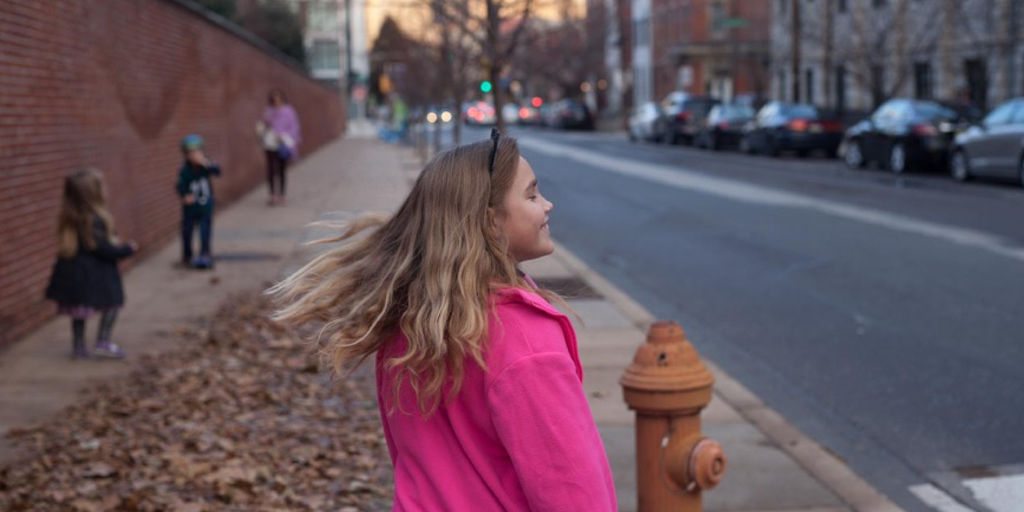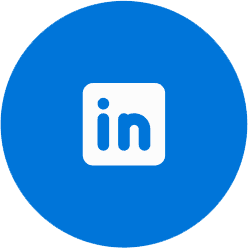
Aydriana, Age 10
Philadelphia, PA
“Mommy, I don’t want to go blind,” said Aydriana to her mother, Christine. “You’re not going to go blind tomorrow,” she responded, reassuring her. “We’re going to figure this out. And there are a lot of people out there that want to support you.” A few months prior, Aydriana had walked into her classroom to take the annual vision test at her school. She was in the third grade and up until this point, had always maintained perfect vision. As the letters were held up across the classroom, Aydriana squinted, struggling to identify them. She couldn’t see past the first line and failed the test completely. Shortly after, it was determined that she needed prescription glasses, which only helped minimally for a short while until her migraines continued to worsen, causing her to exclaim to her parents, “Why can’t I see?”
Aydriana was sent to an opthamologist who concluded that her eyes showed signs of retinal disease similar to Stargardt macular degeneration. Not only was her sight going to get progressively worse, but she was expected to eventually lose her vision completely.
“It was a very difficult time,” recalls Linda, Aydriana’s paternal grandmother, who would help Aydriana with her homework after school every day while her parents were still at work. “Aydriana couldn’t focus or concentrate. She would almost memorize the words instead of being able to read them. We would do it over and over again and Aydriana and I would smash heads because it was so frustrating.” Battling over the school work, nobody could quite understand the reason for Aydriana’s difficulties. As her father Fred describes, “To Aydriana, nothing was fair.”





